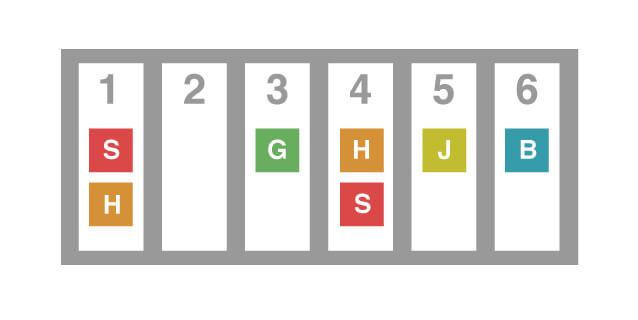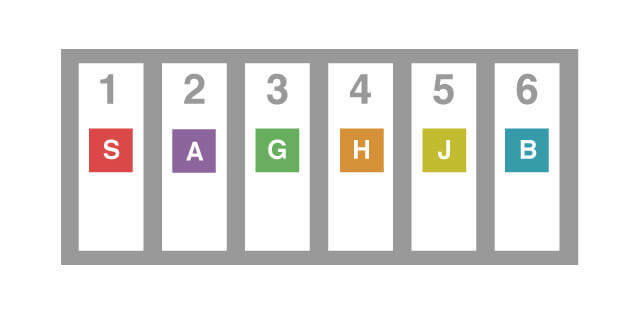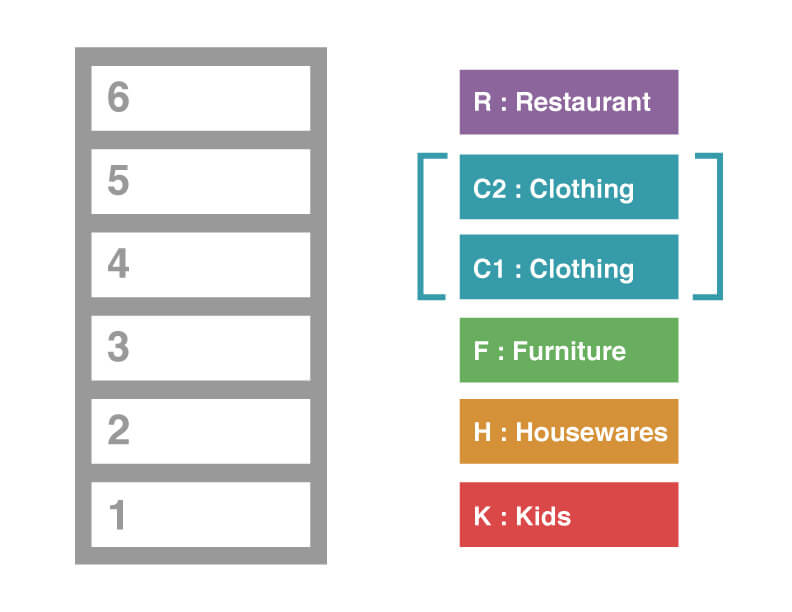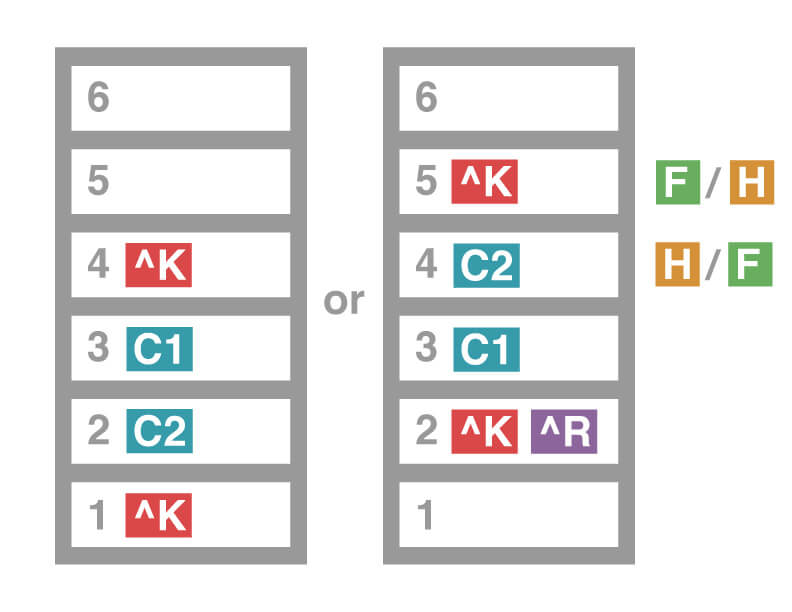There are two main categories of Logic Game questions:
1. “As Is” Questions
These questions test how well you mapped the game in your original set up. Did you explore all of the possibilities in your mapping? If so, you’ll have an easy time with this game. You can answer these questions quickly. Saving time is important because there are four games and it’s a reasonable assumption that one or more will stump you into time wasting.
- Which of the following is always true?
- Which of the following cannot occupy position three?
2. Hypothetical Questions
These questions present a hypothetical scenario that adds to the rules originally drawn out in your set up. So, you have to edit the Set Up for this question. Note: The changes only apply to the specific question, so ignore the change when you are done with the question. These questions are easy to spot because they’ll usually be set up with an “if” statement.
- If the student eats the Everlasting Gobstopper third, does he eat the Wonka Bar fourth?
- If the captain of the football team decides to quit and join the poetry club, who can replace him?




















